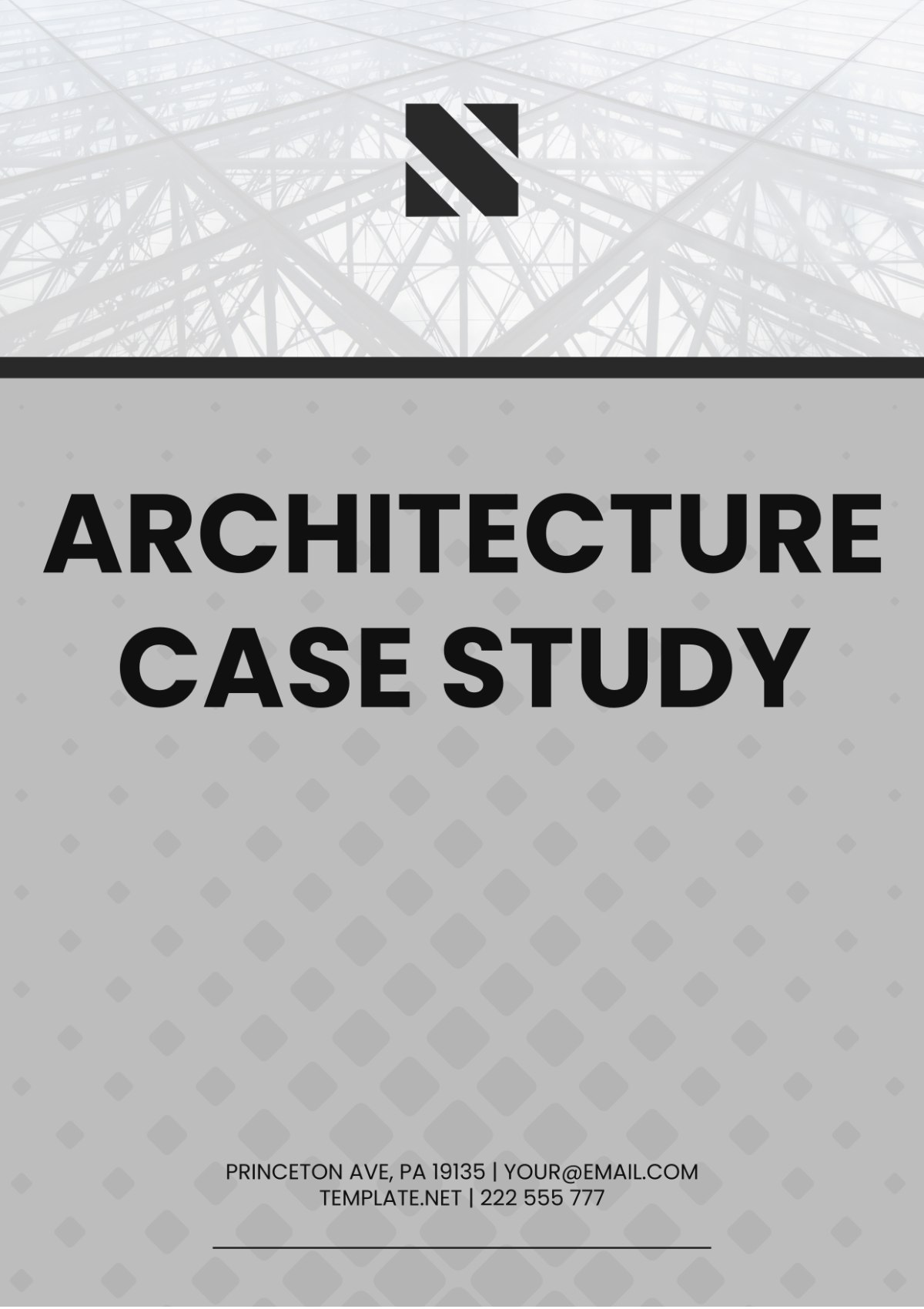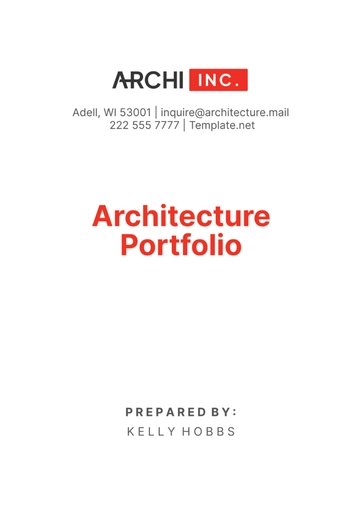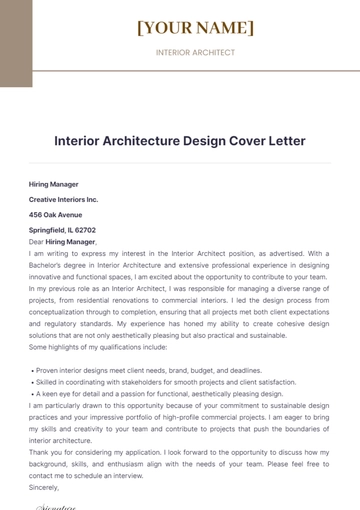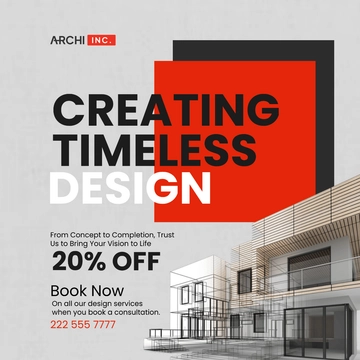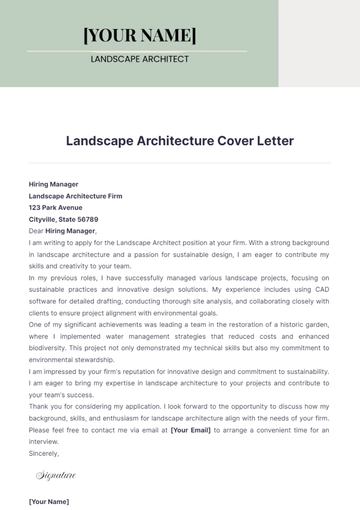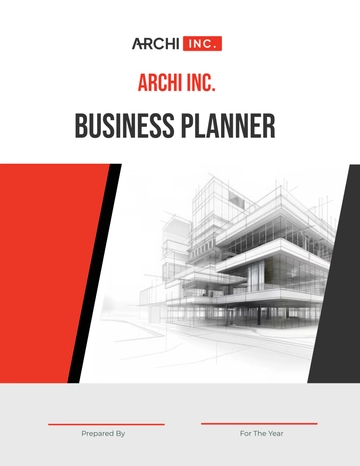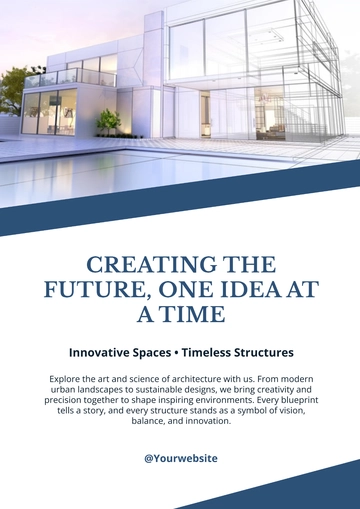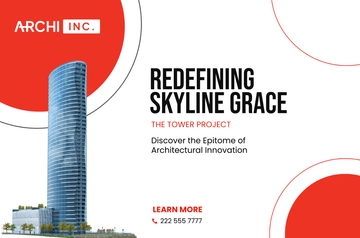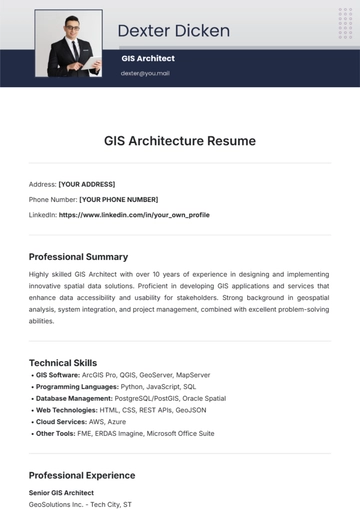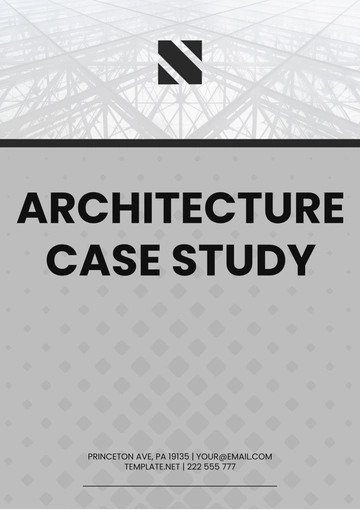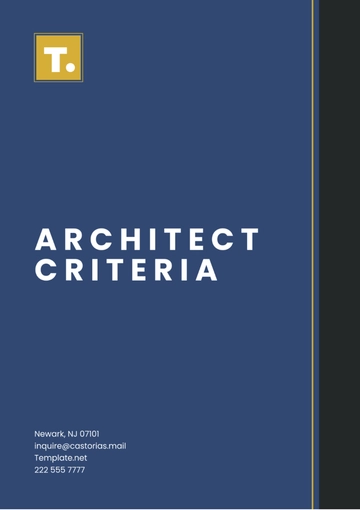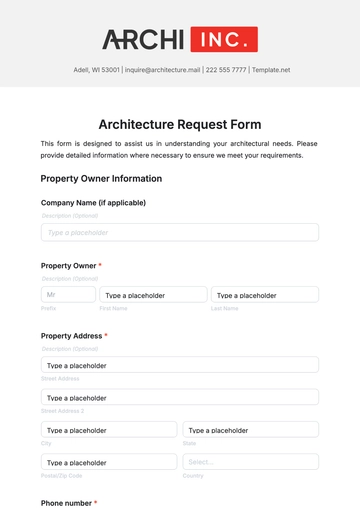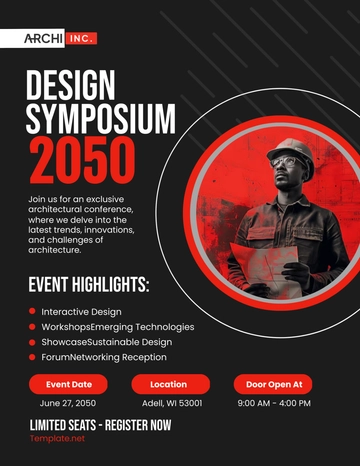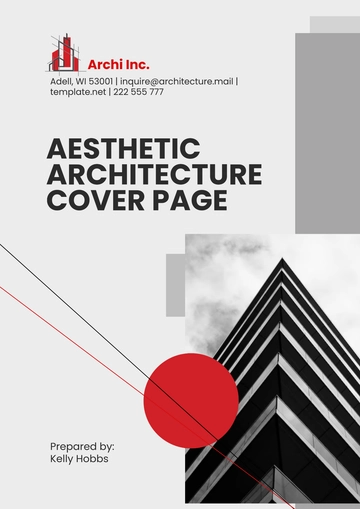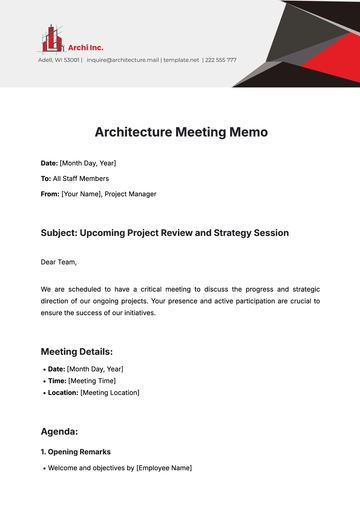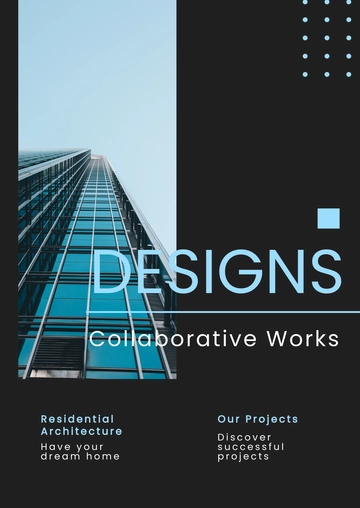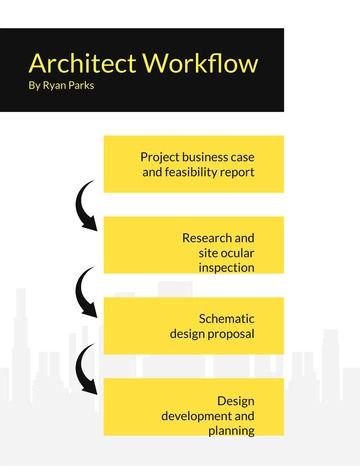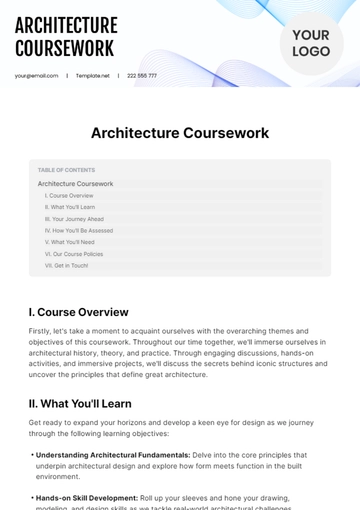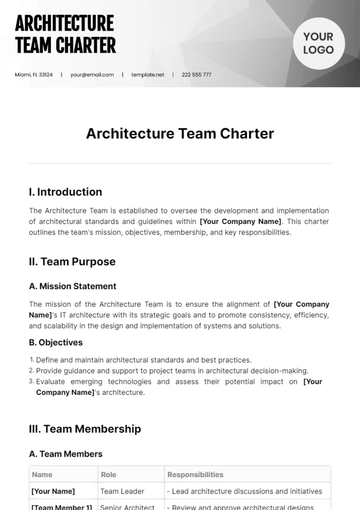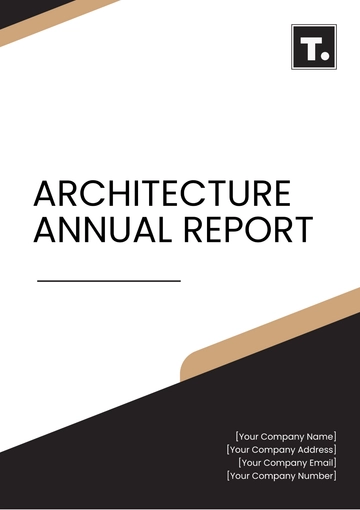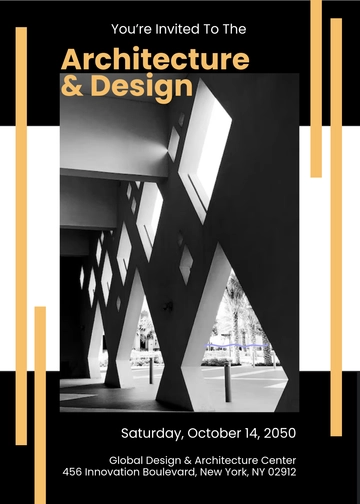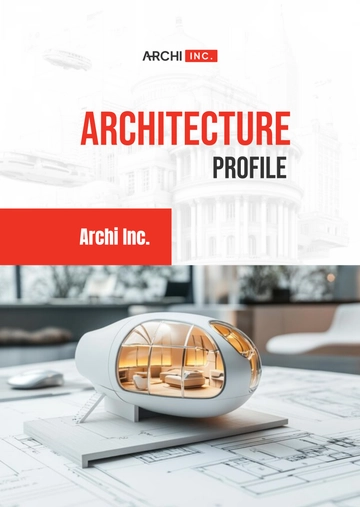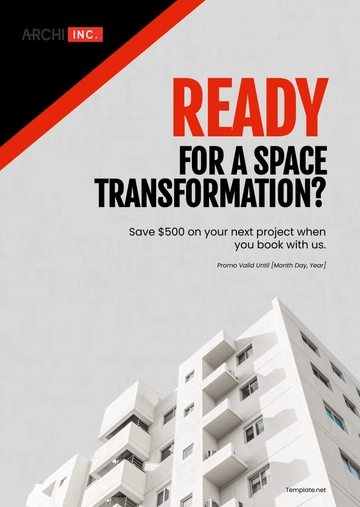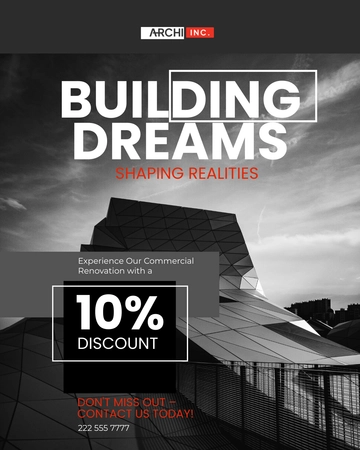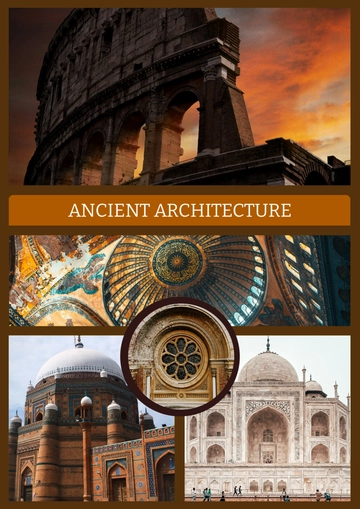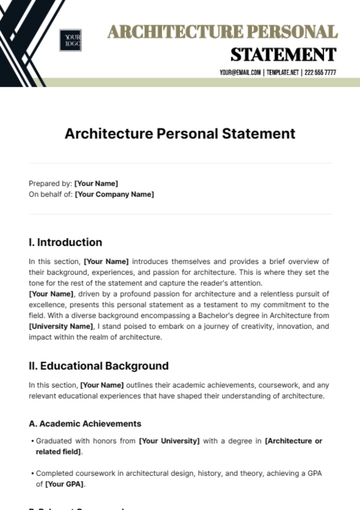Architecture Case Study
I. Introduction
A. Overview of the project: The project involved the design and construction of a sustainable office building in downtown [City], aiming to achieve LEED Platinum certification.
B. Importance of innovation in architecture: Innovation in materials and construction methods was crucial to meeting sustainability goals and creating a modern, efficient building.
II. Project Background
A. Client's requirements and expectations: The client, a leading real estate developer, sought a flagship project that would showcase their commitment to sustainability and innovation.
B. Site conditions and challenges: The site posed challenges such as limited space and the need to minimize disruption to neighboring buildings.
III. Research and Development
A. Research methodology for identifying innovative materials & construction methods: Extensive research was conducted on emerging materials and methods in sustainable architecture, including consultations with experts in the field.
B. Collaboration with experts and suppliers: Collaboration with sustainable materials suppliers and construction experts was key to selecting the most suitable materials and methods for the project.
IV. Design Concept
A. Explanation of the design concept: The design concept focused on maximizing natural light and ventilation, incorporating green spaces, and using locally sourced materials to reduce carbon footprint.
B. How the concept addresses client needs: The design met the client's need for a visually striking and environmentally friendly building that would attract eco-conscious tenants.
V. Selection of Materials
A. Criteria for selecting materials: Materials were selected based on their sustainability, durability, and ability to contribute to LEED certification.
B. Innovative materials chosen for the project: Examples include recycled steel beams, low-emission concrete, and triple-glazed windows for energy efficiency.
VI. Construction Methods
A. Traditional vs. innovative construction methods: Innovative methods such as prefabrication and modular construction were used to reduce construction time and waste.
B. Benefits of innovative methods: These methods reduced on-site labor, minimized disruption to the surrounding area, and allowed for greater precision in construction.
VII. Sustainability Features
A. Sustainable design principles applied: Passive solar design, rainwater harvesting, and green roofs were incorporated to reduce energy and water consumption.
B. Environmental impact of the project: The building's design and construction resulted in a significant reduction in carbon emissions compared to traditional buildings of similar size and use.
VIII. Construction Challenges
A. Challenges faced during construction: Challenges included coordinating deliveries to the tight urban site and ensuring compliance with LEED requirements throughout the construction process.
B. Solutions implemented: Strict scheduling, close collaboration with suppliers, and regular inspections helped overcome these challenges.
IX. Project Completion
A. Overview of the completed project: The completed building exceeded client expectations, achieving LEED Platinum certification and becoming a landmark for sustainable architecture in the city.
B. Feedback from users: Tenants praised the building's comfortable and healthy indoor environment, as well as its low operating costs.
X. Impact and Recognition
A. Impact of the project on the community: The project has set a new standard for sustainable building practices in the area and has inspired other developers to pursue similar projects.
B. Recognition received for innovation: The project has received several awards for its innovative design and construction methods, including the [Award Name] for Sustainable Architecture.
XI. Conclusion
A. Success of the project: The project demonstrates that innovative materials and construction methods can be successfully applied to create sustainable, efficient, and aesthetically pleasing buildings.
B. Lessons learned and future implications: The project has shown the importance of research, collaboration, and a commitment to sustainability in modern architecture, setting a precedent for future projects.
Prepared by:
[Your Name]
[Your Title]
Contact Details:
[Your Company Email]
[Your Company Number]
[Your Company Name]
Case Study Templates @ Template.net
